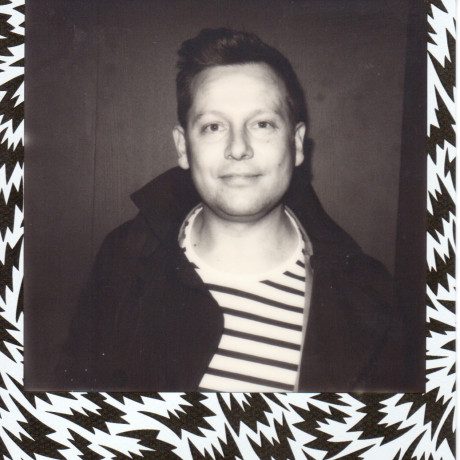Hands-on Review: Google Pixel 3
We’ve said it before and we’ll say it again, the cameras on today’s smartphones are getting better and better, seemingly with every launch. Not only optically, but leaps in software development has made these imaging devices a real force to be reckoned with, [not to mention, an ever-growing thorn in the side of traditional camera manufacturers, as well]. Arriving at the doors of PhotoBite HQ, the Pixel 3 had also delivered high expectations within the team, with many great claims for the imaging capability. We set to work to give this latest device, the PhotoBite ‘hands-on’ treatment.
Key Features
- 12.2-megapixel camera
- Snapdragon 845
- 5.5-inch FHD+ Display
- 4GB RAM/ 64GB internal storage [128GB version also available]
- Android Pie
- Price [at time of review] £739
It’s clear that Google has focussed a lot of its energy on the camera/software capability in their mobile devices, but they aren’t the only brand putting in the hours to perfect their camera technology. It seems clear, though, that Google has made a splash since the debut of the first Pixel mobile device, which has put many other smartphone brands on
Google has had plenty of opportunities to work out the kinks with the Pixel series and start pushing the creativity possibilities delivered by their smartphones. One of the new features is the two 8-megapixel cameras that you’ll find on the front of the device. The first camera offers a ‘regular’ focal length for ‘regular’ selfie-taking, but for groups, they have now introduced a wide angle lens within the new second camera, making it easier to capture group shots or to ensure as much of the background is in the shot [if required].
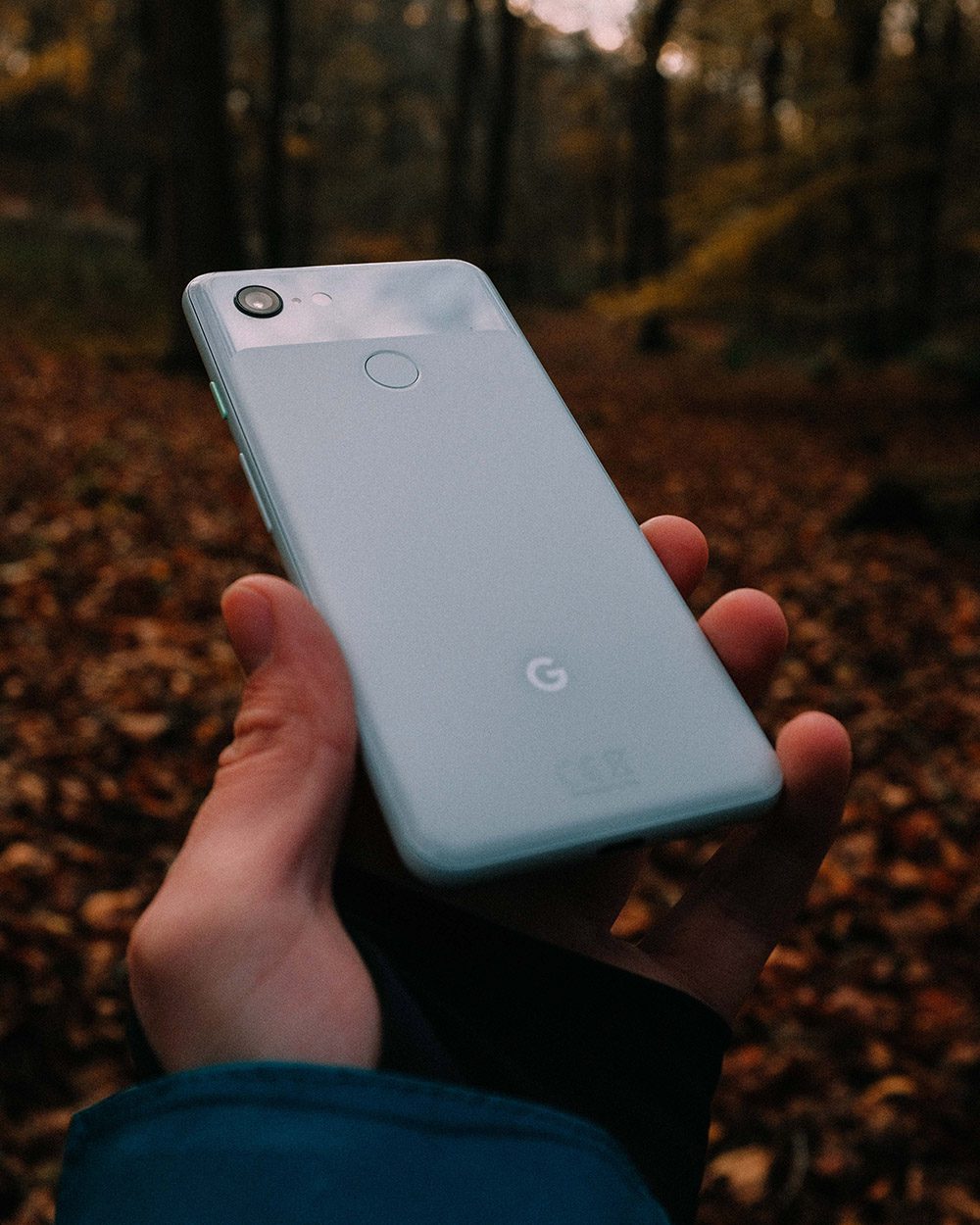
Since Google owns the Android operating system, [OS] you’ll get access to a pure android experience, [called Android Pie] with the Pixel 3, which you won’t get with the likes of Samsung and Huawei, who utilise their own skins and secondary software running over the Android system.
In a recent update, Google released their version of a night photography setting called ‘Nightsight’. After thorough testing, we can say it’s pretty good. It’s a lot better than some mobile brand’s low light shooting capabilities, but we found the blacks were really quite grainy and the image noise was obvious. However, in saying that, the general dynamic range was very, very impressive, giving almost perfect shots every time.
We did find selfies were a little dark around the eyes in sunny conditions and you can see on both the front and the back cameras are applying a lot of software clout, pushing saturation, sharpness and shadows, in order to give you the best possible photo.
Another nice feature is the Pixel 3’s Top Shot AI camera feature. This basically hunts for the perfect frame for you, where everyone is smiling and with all eyes open. It then recommends the shot to be taken and, as quick as a flash, it’s done. This is a neat feature for anyone who’s keen to ensure that they get the best possible shot when moments are fleeting. Another sign of Google’s further integration of their core search functions is the fact that you can Google search what the device sees with the impressive Google Lens.
The Google Pixel 3’s general dynamic range was very, very impressive, giving almost perfect shots every time.
See below for a gallery of example images from our testing

Notice the detail on the leaves 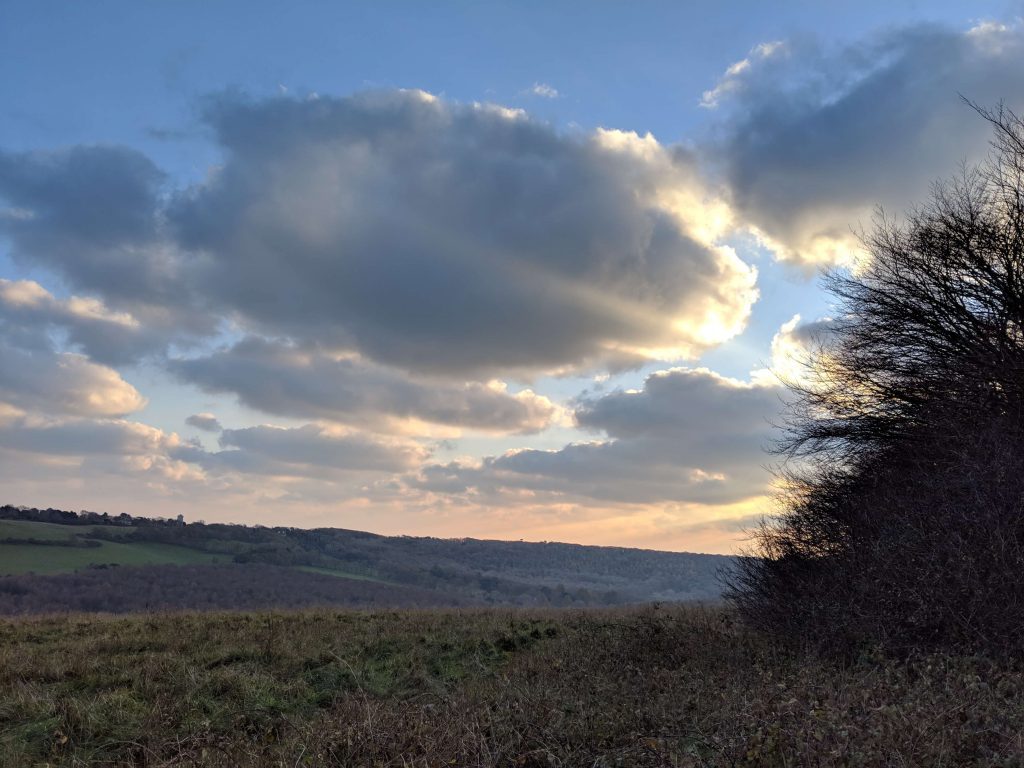
Look at the texture in the clouds 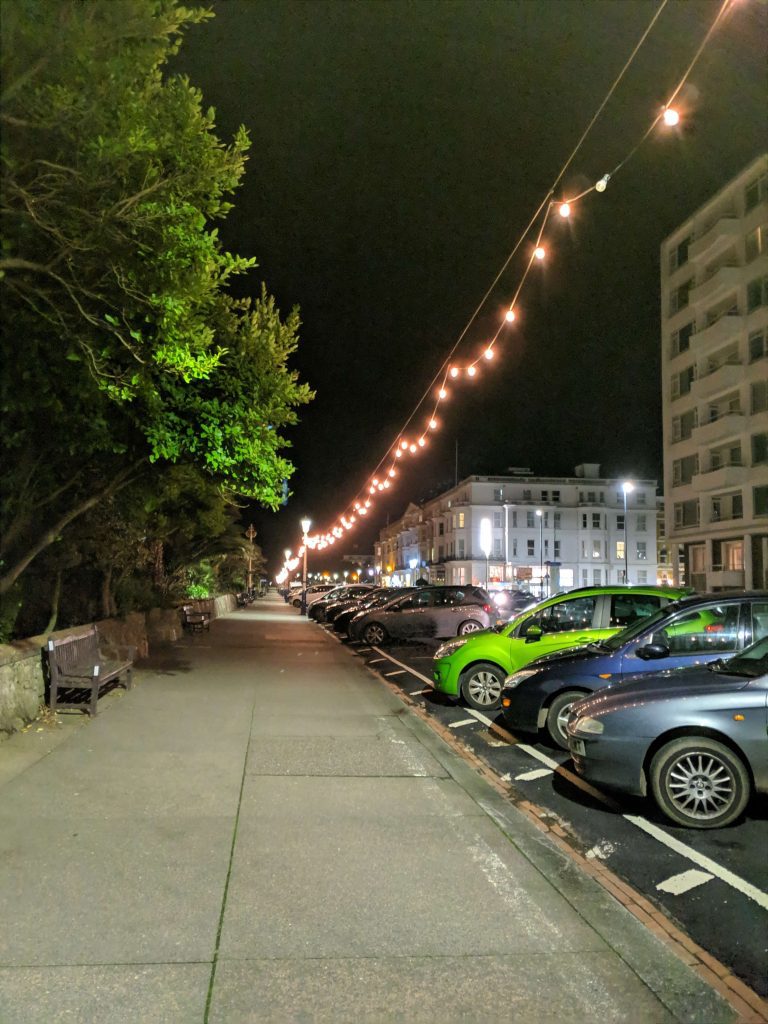
Dark areas very noisey 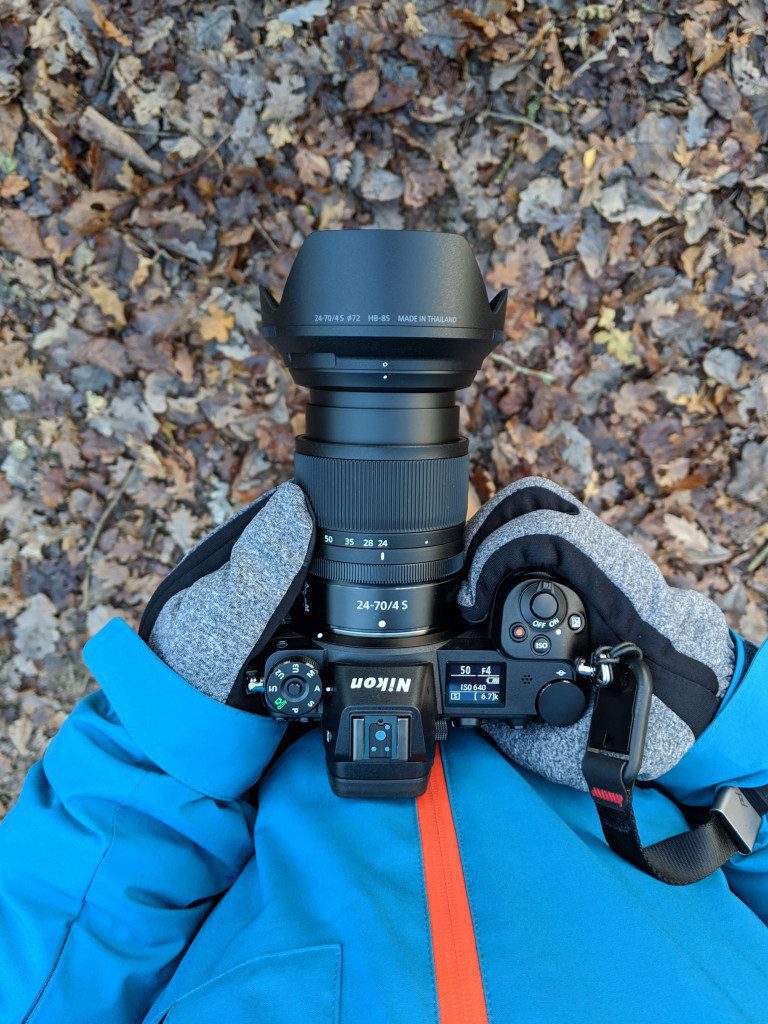
Good background blur 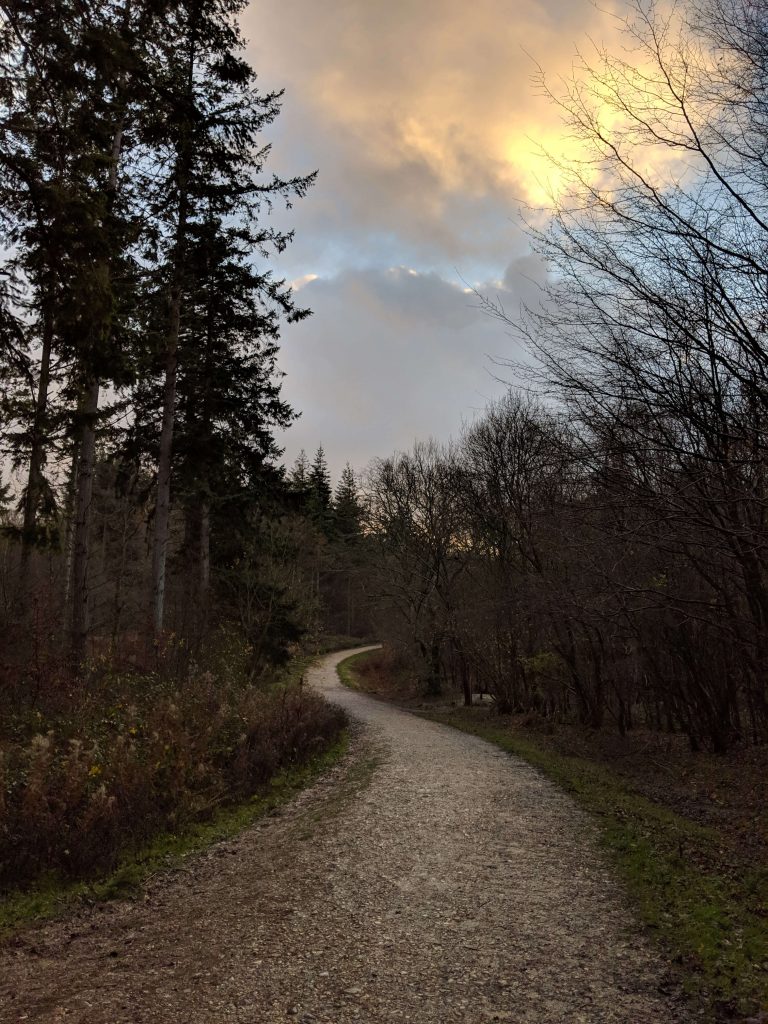
Great Dynamic Range 
Wide angle Selfie lens 
Regular Selfie lens
If you’re an avid smartphone photographer, we think you’ll be happy with this device, given how easy it is to use – but you can have to expect the camera to do the bulk of the work for you so perhaps not so great if you’d like to have more control of your image making.
Given the lack of manual control available with the Google Pixel 3, you can expect to have little choice in terms of the various basic parameters that you’d be likely to want to alter with your photography. If you want more control we’d suggest looking at Huawei’s devices, which include a dedicated ‘Pro’ feature, offering RAW imaging capabilities. With that being said, the selfie-takers out there will love the Google Pixel 3 and the bokeh effect does a great job of blurring the background – even if this is achieved predominantly by software applications.
Tap below to watch our hands-on video review:
Pricing and availability
The Google Pixel 3 [5.5” screen] is available now and at the time of review, came in at £739 for the 64GB version and £839 for the 128GB version. The big brother – Pixel 3 XL with a 6.3” screen comes in at £869 for the 64 GB version and £969 for the 128GB version at the time of review.


